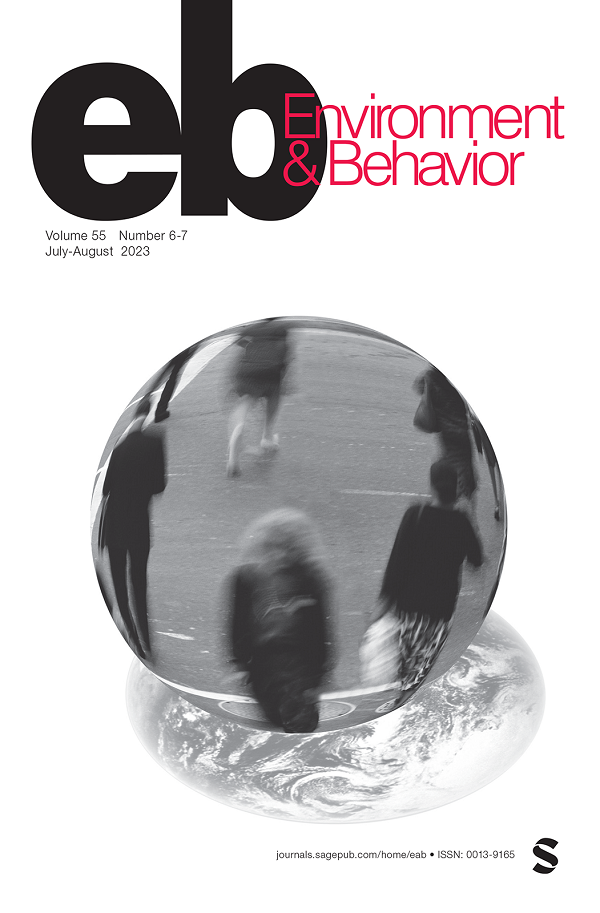公共空间中行人和停留活动增加的行为反应:一项实地实验
IF 4.6
2区 心理学
Q1 ENVIRONMENTAL STUDIES
引用次数: 2
摘要
威廉·怀特最初假设,人们在公共场所的存在会吸引更多的人。当代规划师现在将“粘性街道”称为行人被迫逗留并享受充满活力的公共生活的地方。我们测试了一个假设,即在公共空间中增加用户会吸引更多的人,我们使用了一个实验设计,在一个随机选择的45个小时的住宅街道上增加行人运动和停留活动。我们观察了在有和没有干预的情况下,不同性别的停留行为。我们发现,公共用户的加入减少了停留在我们研究区域的总人数,尤其是女性。我们发现,即使在安全空间和白天,女性进入城市的权利也可能受到其他人存在的限制。我们的研究结果表明,怀特的说法并不普遍,而是取决于特定地点的条件。本文章由计算机程序翻译,如有差异,请以英文原文为准。
The Behavioral Response to Increased Pedestrian and Staying Activity in Public Space: A Field Experiment
William Whyte originally hypothesized that the presence of people in a public space would attract more people. Contemporary planners now refer to “sticky streets” as places where pedestrians are compelled to linger and enjoy vibrant public life. We test the hypothesis that adding users to a public space will attract more people using an experimental design with confederates to add pedestrian movement and staying activity in a residential street for 45 randomly selected hours. We observed staying behavior by gender with and without our intervention. We find that the addition of public users reduced the total number of people staying in our study area, especially among women. We find that women’s right to the city may be constrained by the mere presence of other individuals, even in safe spaces and during daylight hours. Our findings suggest that Whyte’s claim is not universal, but depends on the conditions of a particular site.
求助全文
通过发布文献求助,成功后即可免费获取论文全文。
去求助
来源期刊

Environment and Behavior
Multiple-
CiteScore
13.30
自引率
1.80%
发文量
13
期刊介绍:
Environment & Behavior is an interdisciplinary journal designed to report rigorous experimental and theoretical work focusing on the influence of the physical environment on human behavior at the individual, group, and institutional levels.
 求助内容:
求助内容: 应助结果提醒方式:
应助结果提醒方式:


